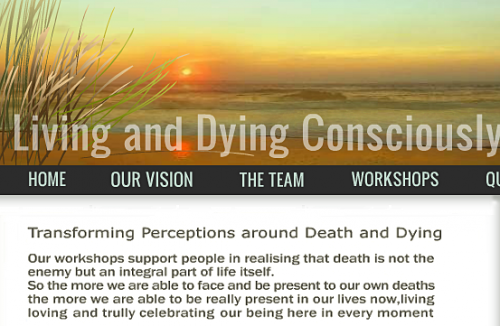Back in the middle ages, established churches hung on to their right to bury the dead when new churches were built nearby to serve a growing population. Burial rights brought in revenue.
This meant that parishioners of churches without a right to bury their dead were compelled to take them to a church which did using designated corpse roads. Some were just a few miles in length, others much longer.
These medieval corpse roads, so called, were pre-dated by long, straight tracks found all over the world along which the dead were carried and which were reckoned to channel the spirits of the dead.
All manner of superstitions attach to corpse roads, and if you want to find out lots more, quickly, you can’t do better than turn to Wikipedia, which has an excellent entry on the phenomenon. The tradition of toting a corpse feet first derives from these superstitions. It was supposed the prevent the spirit of the dead person from legging it back home. It would be interesting to conduct a poll of undertakers to discover how many actually know this.
A quick google reveals just some of the corpse roads — also called coffin roads, lych ways, etc — which remain walkable:
The Lych Way in Devon
Hindon to Enford (Wilts)
Teffont to Dinton (Wilts)
Bohenie to Achluachrach
Pass of Glencoe to Dalness
Ulverston to Coniston
Wasdale Head to Eskdale via Burnmoor
Mardale (Haweswater) to Shap via the Goggleby Stone
Rydal to Grasmere via Rydal Water and Dove Cottage
Arnside to Beetham via the Fairy Steps
Johnby to Greystoke
Garrigill to Kirkland
Borrowdale to Brigham
Bellever to Lydford (Devon)
Zennor St Ives (Cornwall)
Aston to Blockley and Stretton to Blockley (Warks, Gloucs)
We still have working corpse roads, of course; we just don’t call them that. We call them the ring road or the bypass.
One of you dyed-in-the-wool deathies out there ought to compile a gazetteer of corpse roads so that fellow-deathies everywhere can catch some fresh air and keep the memory alive.


